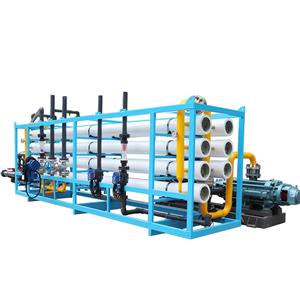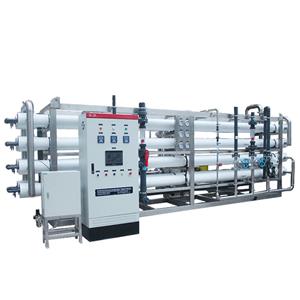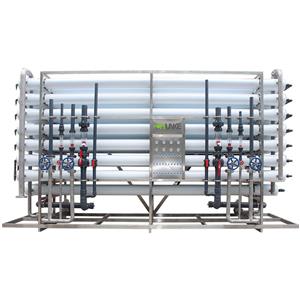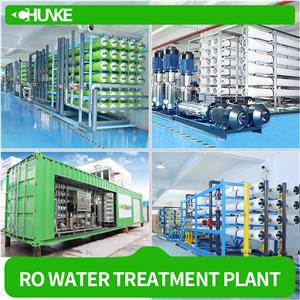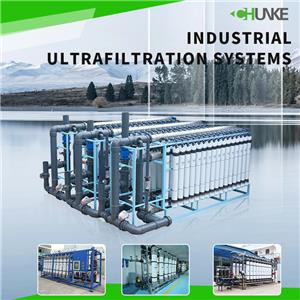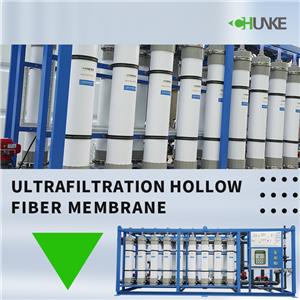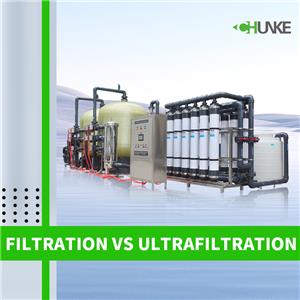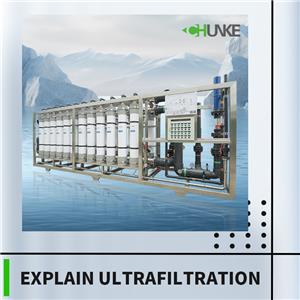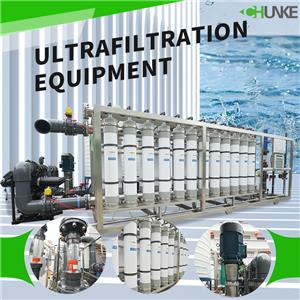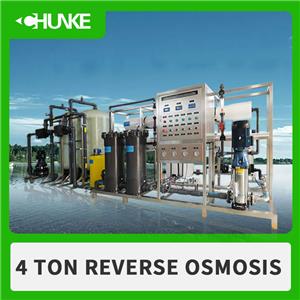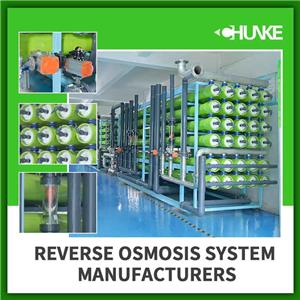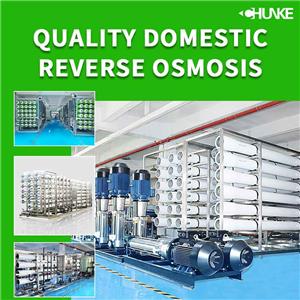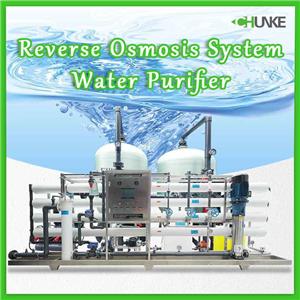-
04-11 2024
What is the use of reverse osmosis in water treatment plants?
Reverse osmosis systems remove sediment and chlorine from the water through a pre-filter, then force the water through a semipermeable membrane to remove dissolved solids. After the water leaves the RO membrane, it passes through a post-filter to purify the drinking water before entering a dedicated faucet.
-
04-10 2024
What are the industrial uses of ultrafiltration systems?
5 industrial uses for ultrafiltration systems 1. Printing and dyeing wastewater 2. Papermaking 3. Oily wastewater 4. Heavy metal wastewater 5. Food wastewater and other fields
-
04-10 2024
What is the hollow fiber membrane in ultrafiltration water treatment?
Hollow fiber membrane is a porous membrane with a honeycomb-like structure. This membrane is composed of a series of fine hollow fibers with a pore size at the nanometer level. It is usually able to filter out particles such as bacteria, viruses, suspended solids and organic matter in the water, thereby achieving water purification and filtration.
-
04-09 2024
What is the difference between filtration and ultrafiltration?
Filtration is a method of separation using filter media. Filters are typically able to remove particles as small as about 1 micron, but are unable to remove some dissolved chemicals. Ultrafiltration is a filtration method based on hollow fiber membranes. Ultrafiltration membranes have very tiny pore sizes, usually between 0.01 and 0.1 microns, and are able to filter out even smaller particles and microorganisms, and even viruses and most bacteria.
-
04-09 2024
What is ultrafiltration equipment?
Ultrafiltration water treatment systems utilize mechanical filtration of hollow fibers or sheet membranes to treat water. These membranes have micropores that filter out extremely small particles and microorganisms in the water, making the water purer.
-
04-08 2024
What are the disadvantages of ultrafiltration equipment?
Ultrafiltration membranes can become contaminated with NOM (non-biodegradable organic matter), which can significantly affect the performance of the ultrafiltration process. NOM pollution will cause the pores of the ultrafiltration membrane to be blocked, reducing the filtration efficiency and increasing the frequency and cost of cleaning and maintenance.
-
03-26 2024
How much electricity does a 4-ton reverse osmosis water treatment system consume per hour?
The power consumption of water treatment equipment is based on the model power of the equipment. Different types of equipment have different powers. The specific technical parameters will be explained in the design plan. The power of 4 tons is about 8KW. One hour The electricity consumption is about 8 kWh.
-
03-22 2024
Which manufacturer has the best reverse osmosis system?
Founded in 2009, CHUNKE is a water treatment engineering company that aims to provide advanced water treatment solutions to people and industrial companies around the world. Now, as a manufacturer of reverse osmosis water treatment systems, CHUNKE has provided more than 1,000 projects in more than 100 countries.
-
03-21 2024
Which domestic reverse osmosis technology company has high quality?
As a water treatment engineering company from China, CHUNKE has become a leader in the industry with its rich product line and advanced technology.CHUNKE's products cover many fields such as industrial and commercial reverse osmosis water treatment systems.
-
03-20 2024
Can reverse osmosis water purifier remove microplastics?
Yes, one of the most effective ways to remove microplastics from source water is to use a reverse osmosis system (RO) in your kitchen. This system removes impurities directly from your home when used. Most contaminants can be removed by a reverse osmosis system, making the water in your home safe to drink and cook with.

